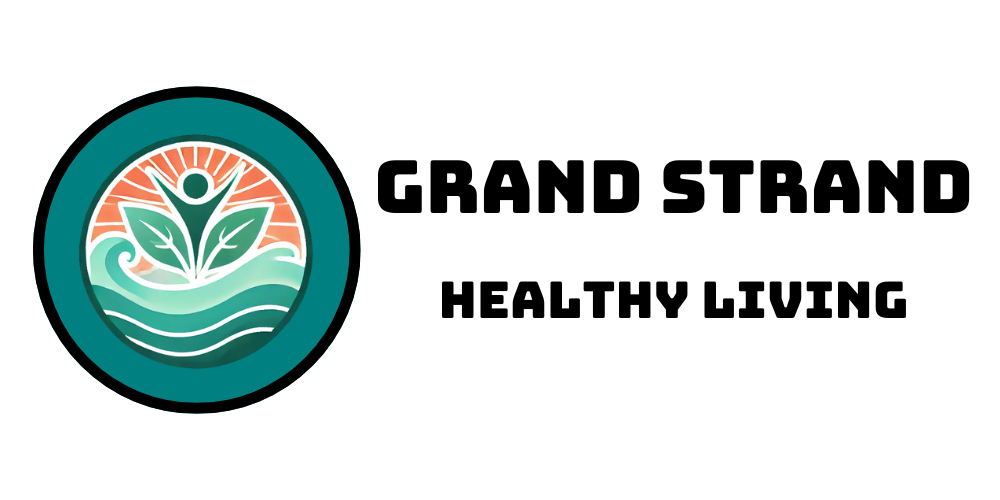
The Rising Threat of Invasive Strep Infections
In the heart of a warm South Carolina winter, residents of the Grand Strand region, from Myrtle Beach to Pawleys Island, should be aware of a concerning trend: invasive group A strep infections are on the rise in the U.S. This uptick has public health officials on high alert, as this dangerous bacteria is known for its severe consequences, including toxic shock syndrome and necrotizing fasciitis, conditions that can escalate rapidly and require immediate medical attention.
What This Means for Our Community
Understanding the rising rates of invasive strep infections is crucial, especially for communities like ours in North Myrtle Beach and Surfside Beach, where health and well-being are at the forefront of our lifestyle. With reports indicating that cases of group A strep infections have doubled over the past few years, it is vital for residents to recognize the symptoms. Early signs can include sore throat, fever, and rash, but the risks escalate quickly if left untreated.
Comparative Statistics: A National Perspective
While the statistics might seem abstract, they resonate strongly within our local environment. Across the U.S., about 15,000 invasive group A strep infections are reported annually, translating to 5-10% mortality, notably among at-risk populations such as the elderly and those with compromised immune systems. As our community enjoys the communal and outdoor activities the Grand Strand is known for, vigilance around health is critical.
Understanding the Biology Behind Strep
Group A strep bacteria can live in the throat and skin without causing illness. However, when there’s a skin break or other vulnerable portals, such as during colder months when respiratory infections rise, these bacteria can invade deeper tissues, leading to invasive infections. Maintaining good hygiene practices—especially with increased social activities—can significantly mitigate the risk.
Community Action: What We Can Do
The alarming rise in infections underscores the importance of community awareness and education. Residents of Murrells Inlet, Garden City, and Georgetown can take preventive measures such as regular hand washing, staying informed about local health initiatives, and recognizing symptoms early on. Schools and community organizations can extend awareness campaigns, helping empower families in Cherry Grove and Ocean Drive.
Seeking Support and Guidance
If you or a loved one experience symptoms associated with invasive group A strep, contact local healthcare providers in Atlantic Beach or Litchfield Beach immediately. Early diagnosis can save lives. Furthermore, engaging with local health departments and resources can keep our community informed and vigilant.
Your Role in Combatting Invasive Strep Infections
Health is a collective effort. As we embrace our beautiful surroundings and partake in community events, let's pledge to uphold health practices that protect everyone. This includes sharing information, accessing healthcare resources, and encouraging one another to seek medical advice when needed.
In closing, the rise of invasive infections calls for us to act decisively. Stay informed, stay healthy, and together we can ensure that the Grand Strand remains a vibrant, safe place for everyone. If you’re interested in how you can help or want to learn more about community health resources, reach out to local health organizations or visit your local clinic.
 Add Row
Add Row  Add
Add 





 Add Row
Add Row  Add
Add 
Write A Comment